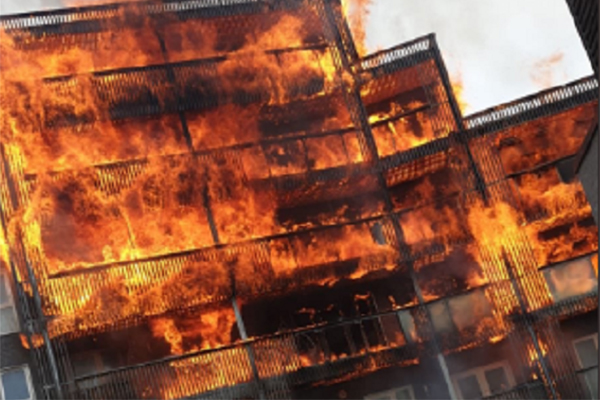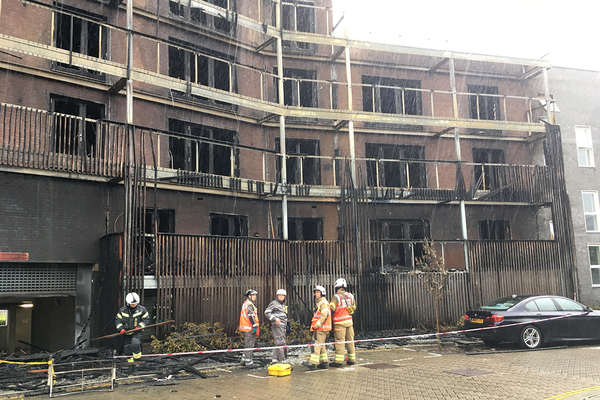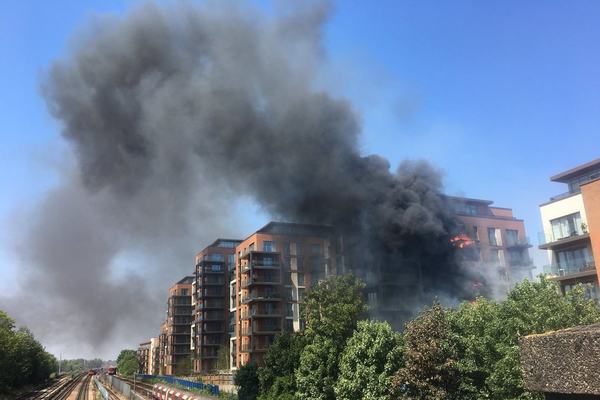Remove combustible materials from balconies, says government
Building owners should remove combustible materials from all balconies “as soon as is practical”, the government has said.
In a note issued in the ongoing aftermath of the Barking fire earlier this month, the Ministry of Housing, Communities and Local Government (MHCLG) issued new advice regarding residential buildings’ balconies.
The fire forced residents to break through doors as they fled for their lives. It damaged 47 flats, including eight that will take six months to make habitable again.
MHCLG said it had consulted its expert panel on fire safety and decided: “The removal and replacement of any combustible material used in balcony construction is the clearest way to prevent external fire spread from balconies and therefore to meet the intention of building regulation requirements and this should occur as soon as practical.”
It added: “If combustible materials have been used in the balcony or external wall system, it is possible that fire may spread rapidly across the façade.”
This advice is likely to affect a high number of buildings. Inside Housing has already identified 20 developments that use the same material from which the Barking balconies were made.
Combustible materials are banned on the outside of new buildings taller than 18m – whether as cladding or balconies – thanks to measures brought in by the government in November last year.
Before then, building regulations stated simply: “The external walls of the building shall adequately resist the spread of fire over the walls and from one building to another, having regard to the height, use and location of the building.”
In the note it issued on Monday, MHCLG said this principle applies to all buildings, regardless of height, and that building owners “need to ensure that any balconies do not compromise resident safety by providing a means of external fire spread”.
It is unclear whether the government believes building regulations governing external walls apply to balconies.
If that is now its view, it would be directly opposed to the view expressed in a 2016 report by the Building Research Establishment that was commissioned by the Department for Communities and Local Government.
As Inside Housing revealed last year following another balcony fire, the report stated that “external walls” did not refer to balconies, so there were no fire safety regulations that applied to balconies unless they were used as a means of escape.










